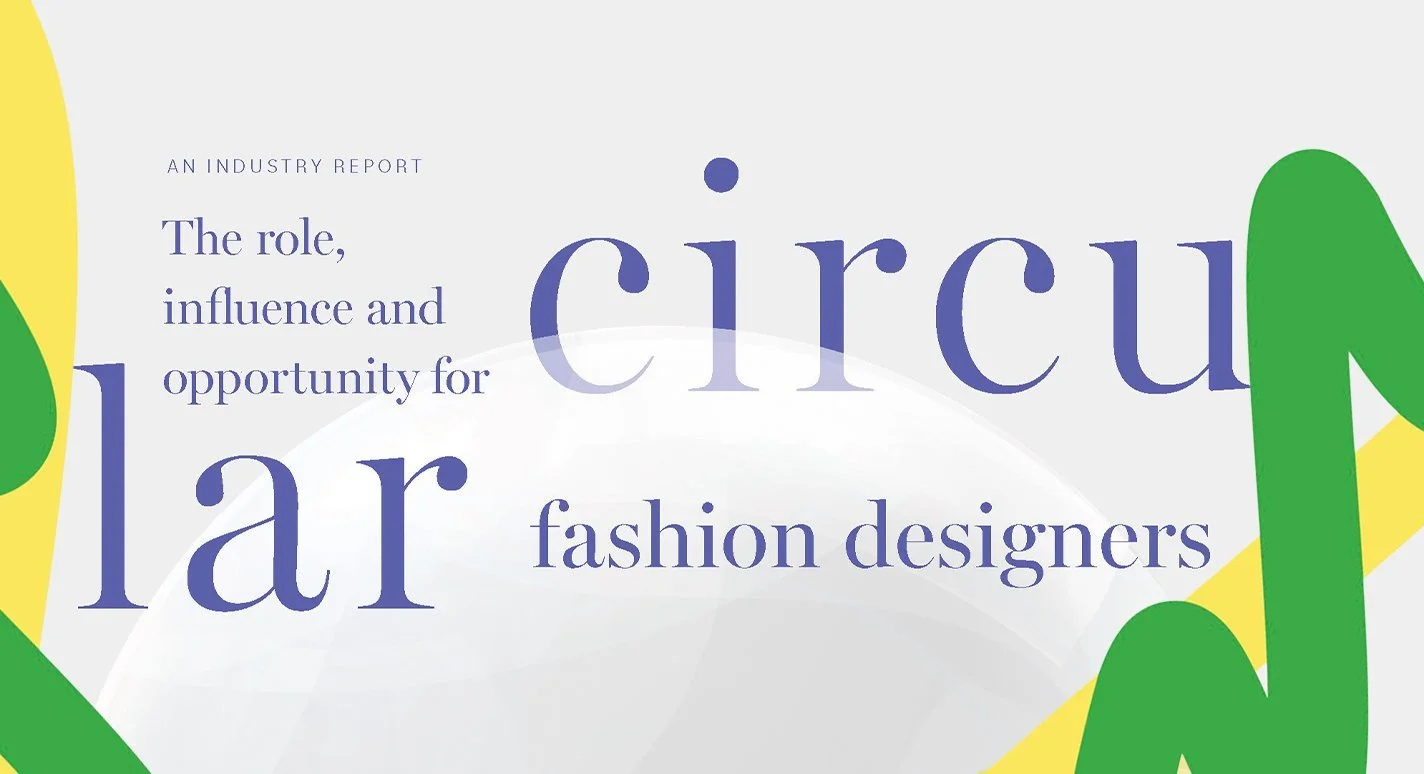Redress and VF Foundation release industry report on circular fashion designers
©Redress
In an endeavor to comprehend the influence and potential of fashion designers operating within manufacturers in China and Southeast Asia, Redress, supported by the VF Foundation, has published an in-depth industry report. This investigation sheds light on the role, challenges, and opportunities for designers to lead the transition to circular fashion practices.
The report delves into the gravity of the fashion industry's environmental impact, unveiling alarming statistics. Every year, roughly 100 billion apparel items are manufactured, with a staggering 50% surge since 2006. However, the majority of these garments are discarded within a year of production, contributing significantly to global waste. Moreover, the industry currently accounts for up to 10% of the world's CO2 emissions, a figure expected to spike to 25% by 2050 if trends continue unchecked.
The present linear fashion model of 'take-make-dispose' stands as a critical environmental hazard. The urgent need to transition to a circular fashion system, focusing on product life cycles and resource reusability to eliminate waste, is emphasized. Yet, less than 1% of clothing materials are recycled into new garments, signifying a sluggish shift towards circularity.
©Redress Design Award
One of the report's key findings highlights that an estimated 80% of a product's environmental impact is determined during the design stage. Hence, the imperative to recognize and bolster the role of fashion designers in steering circular practices is paramount to industry transformation.
The study conducted by Redress unveils critical insights into the challenges faced by fashion companies manufacturing in China and Southeast Asia. An extensive survey and interviews with over 195 global fashion professionals illuminated concerning trends:
Circular Design Knowledge Gap: 79% acknowledge significant challenges in implementing circular design.
Financial Barrier: 71% cite cost as a resistance factor when selecting environmentally conscious materials.
Lack of Commitment and Collaboration: Top management's leadership in driving sustainable practices is identified as a pivotal factor.
In light of these revelations, the report offers comprehensive recommendations to bridge knowledge gaps, address financial barriers, and foster collaborative working structures to advance circularity. While recognizing the imperative shift towards circular fashion, the report underscores the necessity for collective efforts and a supportive ecosystem to empower designers in realizing the vision of a sustainable future for the industry. Without comprehensive backing, designers might struggle to drive the change needed for a circular fashion system to flourish.

